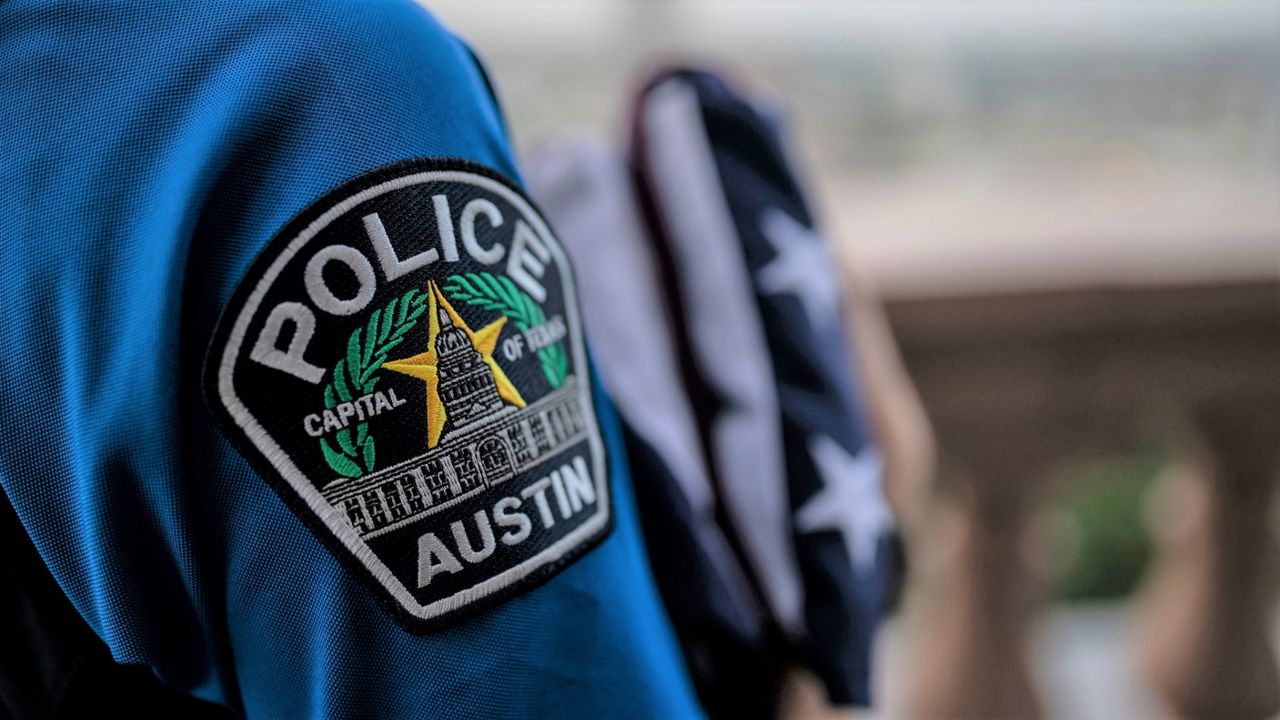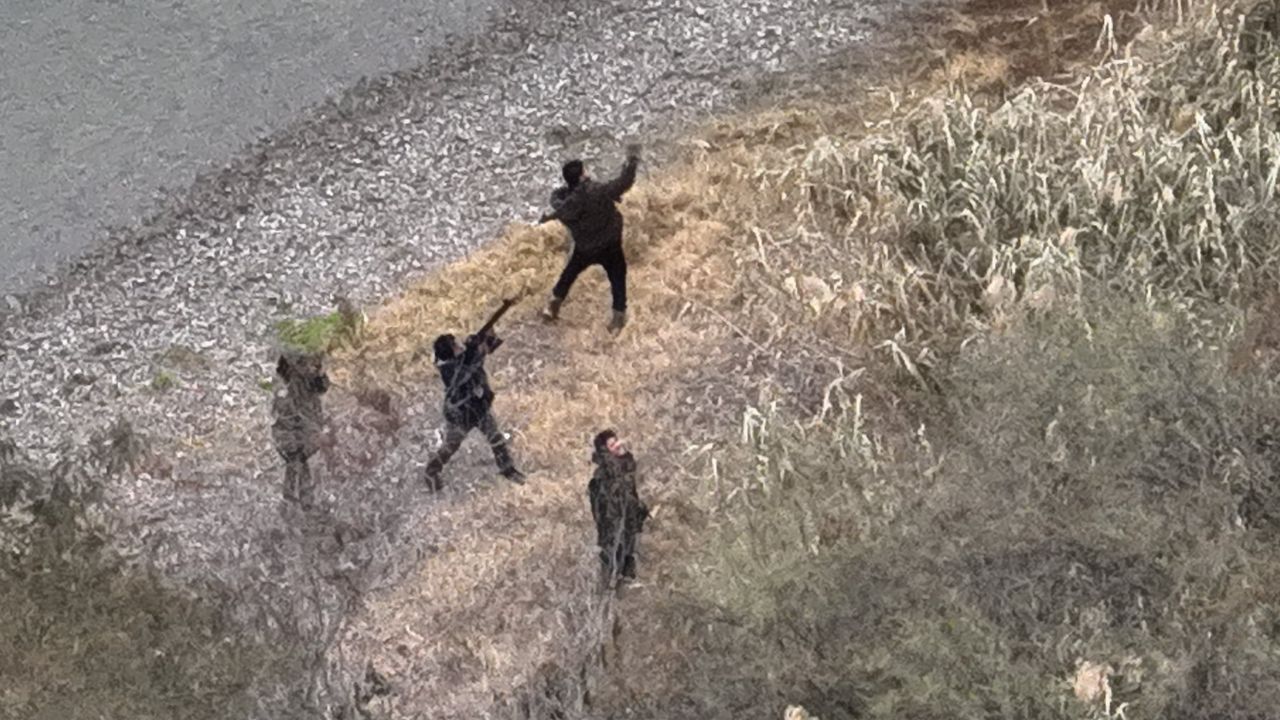AUSTIN, Texas — The Texas Department of Public Safety and the Austin Police Department have plans to resume their alliance. The partnership between the two renews on July 2 after Title 42’s expiration led to a temporary suspension in May so DPS troopers could turn their attention to Texas border cities.
“The partnership with DPS has already proven valuable to reducing crime and shortening response times,” APD Police Chief Joseph Chacon said. “This new iteration will ensure we continue that while taking Council direction into account and pivoting the deployment strategy.” Through their joined forces, DPS has made up for APD’s recurring staff shortages. With their help, APD has seen safety improve, traffic fatalities reduce and faster responses to calls for help.
Since DPS has statewide jurisdiction, it's been able to provide service to other cities and lower their crime rates, according to the City of Austin.
However, some Texans might find the news of this reignited partnership discouraging. Black and Latino residents have complained about their communities being unfairly targeted by DPS, according to Spectrum News 1 media partner the Texas Tribune. Data from the Travis County Attorney’s Office showed 90% of Austin arrests were Black and Latino.
Controversy has been on the heels of this joint operation since its first announcement on March 27. Austin Mayor Kirk Watson, Gov. Greg Abbott and Lt. Gov. Dan Patrick headed discussions that established an agreement between DPS and APD. Soon after, the American Civil Liberties Union of Texas (ACLU) and the Austin Justice Coalition filed Texas Public Information Act requests on April 4 for the arrangement’s “lack of transparency.” ACLU said they made the decision with no public input and the Austin City Council wasn’t even aware of the deal.
But with the latest operation rollout to resume, the city has made a few updates. The deployment of APD and DPS officers will hinge on recommendations from Watson and City Council. Rather than having them just home in on areas with the highest call volumes, DPS troopers will be used at the discretion of APD in three areas of priority:
Traffic: DPS will monitor roadways with high rates of injury/fatal crashes.
Violent crime: At APD’s direction, DPS will focus on areas with the highest report of violent crime.
Staffing levels: DPS officers will be distributed across multiple APD patrol sectors to support shifts with fewer APD officers.
APD leadership will be in attendance with DPS for shift briefings every day to uphold Austin policing values, Chacon said.
Interim City Manager Jesús Garza commended both APD and DPS for their efforts in protecting Austin residents and visitors, while being receptive to critiques.
“Public Safety is our primary responsibility as public servants and it is critical that we get this right,” Garza said. “While supporting our APD officers in upholding our promise and mission to the people of Austin is of utmost importance, it is also important that we do so in a way that is consistent with our values and ensures everyone feels safe and at home in their community. I believe we are striking that balance.”
The city stated that DPS criminal investigators and crime analysts will also be of help to APD with cases of violent crime and efforts to reduce gun crime.










